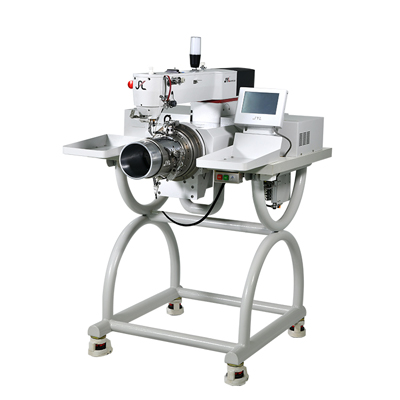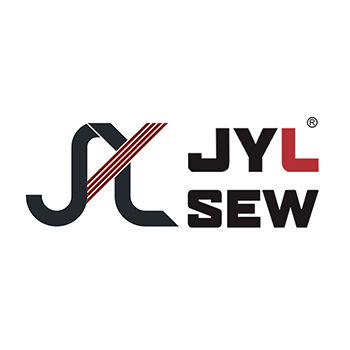Owning a Sewing Machine tailored for caps opens up a world of creative possibilities. To ensure that your machine operates smoothly and lasts for years to come, proper maintenance is essential. In this article, we'll provide you with expert tips on how to maintain and care for your Sewing Machine For Caps, maximizing its lifespan and performance.

1.Regular Cleaning:
One of the most important aspects of Sewing Machine maintenance is keeping it clean. After each use, take the time to remove lint, dust, and thread remnants from the machine's exterior and interior components. Use a soft brush or a lint roller to gently clean the feed dogs, bobbin area, and thread path. Additionally, wipe down the surface with a damp cloth to remove any residue.
2.Oil and Lubrication:
Proper lubrication is crucial for keeping your Sewing Machine running smoothly. Refer to the manufacturer's instructions to determine which parts of the machine require lubrication and the type of oil recommended. Typically, sewing machines for caps require regular oiling of the moving parts, such as the hook race, shuttle, and needle bar. Apply a small amount of sewing machine oil to these components according to the manufacturer's guidelines, ensuring smooth operation and reducing friction.
3.Tension Adjustment:
Maintaining proper tension is essential for achieving high-quality stitches. Periodically check the tension settings on your sewing machine and adjust them as needed. Follow the machine's manual to understand how to adjust the upper and lower thread tensions correctly. Test the stitches on a scrap piece of fabric to ensure that the tension is balanced and produces even stitches.
4.Bobbin Care:
The bobbin area is prone to accumulating lint and debris, which can affect the machine's performance. Regularly clean the bobbin case and shuttle race using a brush or compressed air to remove any buildup. Ensure that the bobbin is inserted correctly and that the thread is wound evenly to prevent jams and tangles. Consider using high-quality bobbins specifically designed for your sewing machine model.
5.Needle Maintenance:
The needle is a crucial component of your sewing machine, and its condition can significantly impact the quality of your stitches. Replace the needle regularly, especially if you notice signs of wear or dullness. Use the appropriate needle size and type for the fabric you're sewing to prevent damage and ensure smooth stitching. Additionally, check the needle alignment and make any necessary adjustments to ensure precise stitching.
6.Protective Cover:
When your sewing machine is not in use, protect it from dust, sunlight, and moisture by covering it with a protective cover or case. This simple step can help prevent damage and maintain the machine's appearance over time. Invest in a durable cover designed specifically for your sewing machine model for optimal protection.
7.Professional Servicing:
Finally, consider scheduling regular professional servicing for your Sewing Machine for Caps. A qualified technician can perform thorough maintenance, including cleaning, lubrication, and adjustments, to keep your machine in top condition. Professional servicing can address any issues early on and prolong the lifespan of your sewing machine.
Proper maintenance is key to maximizing the lifespan and performance of your Sewing Machine for Caps. By following these tips for cleaning, lubricating, and caring for your machine, you can ensure smooth operation and high-quality stitching for years to come. Regular maintenance not only extends the life of your sewing machine but also enhances your sewing experience, allowing you to unleash your creativity with confidence.




